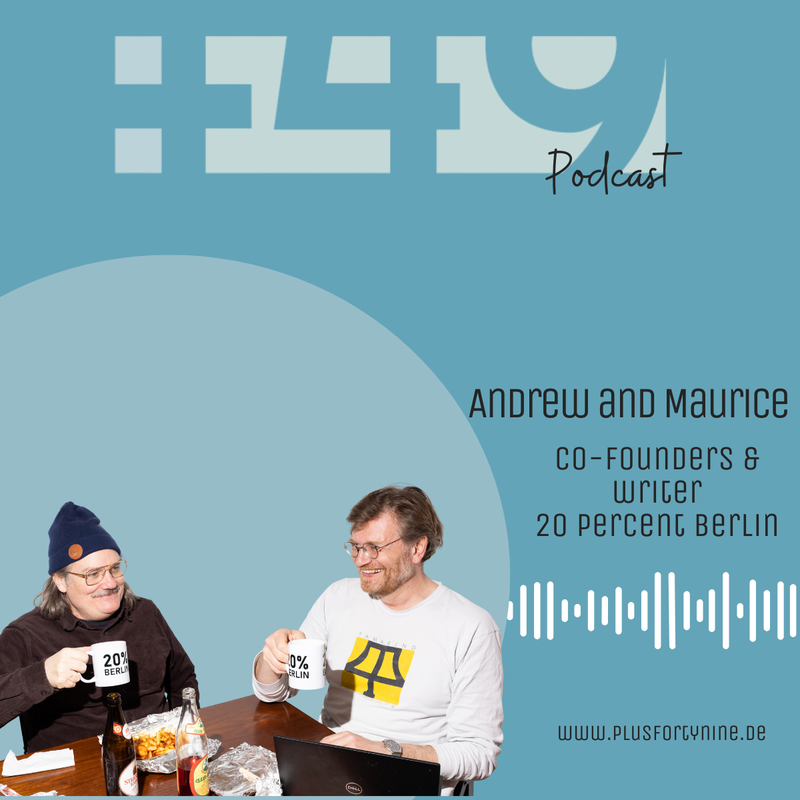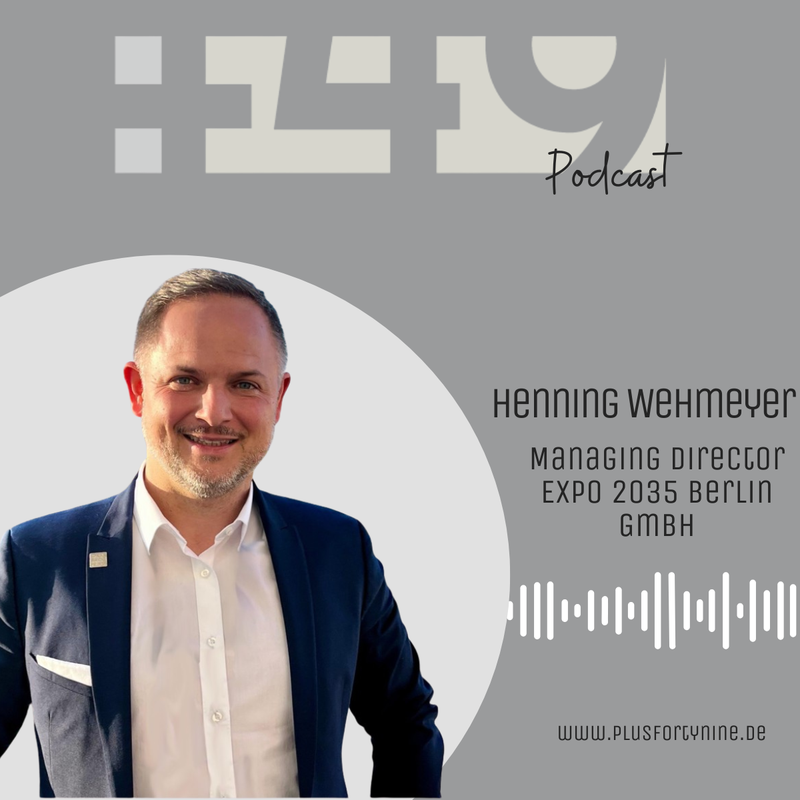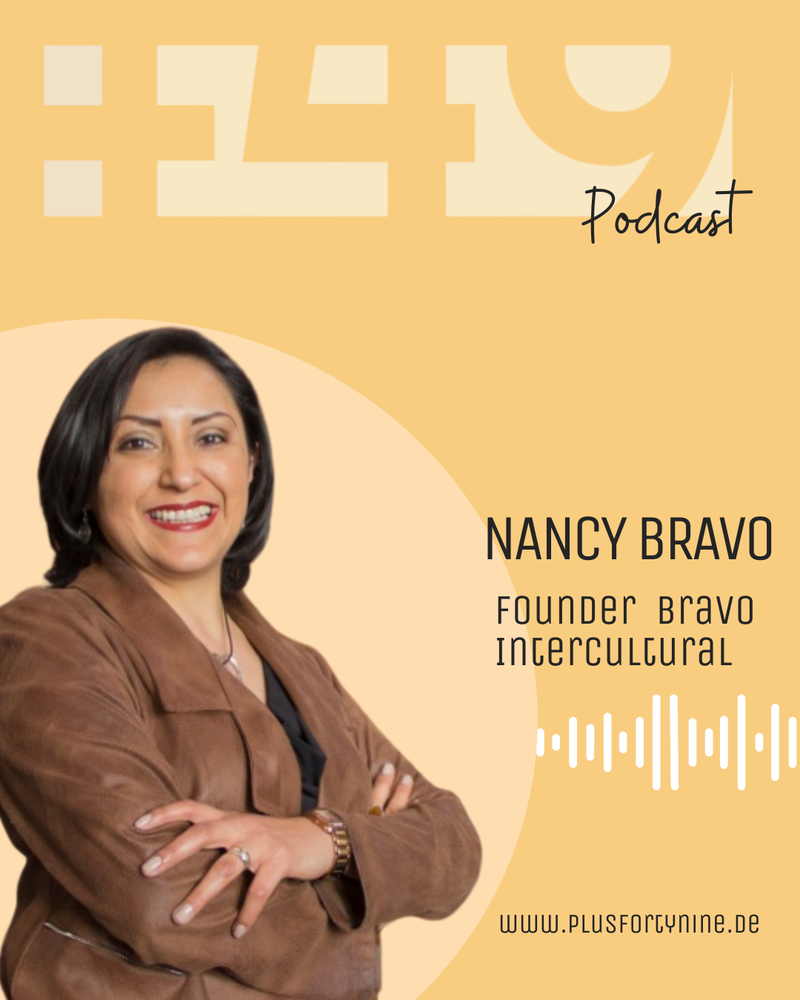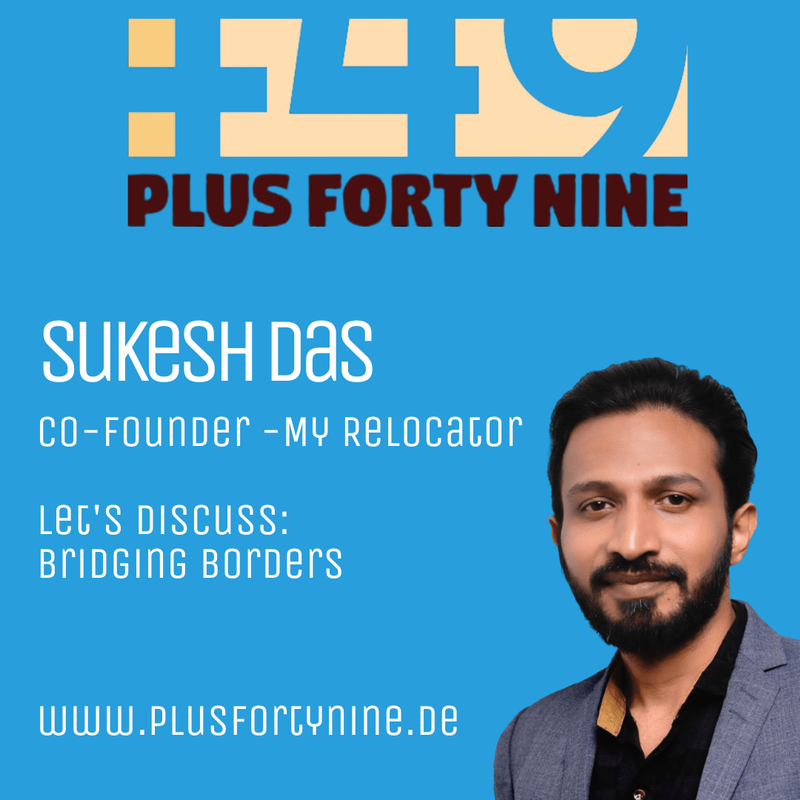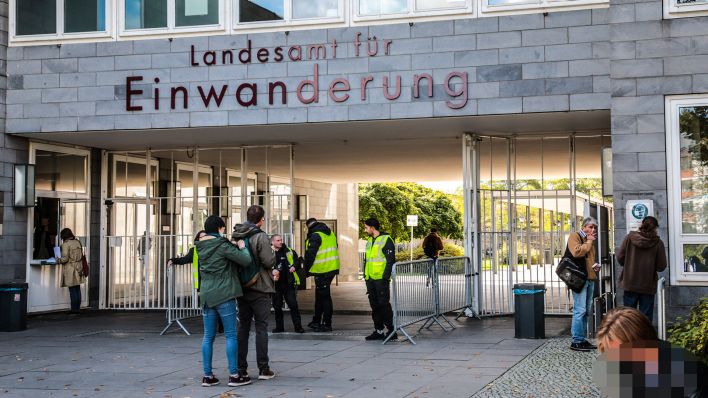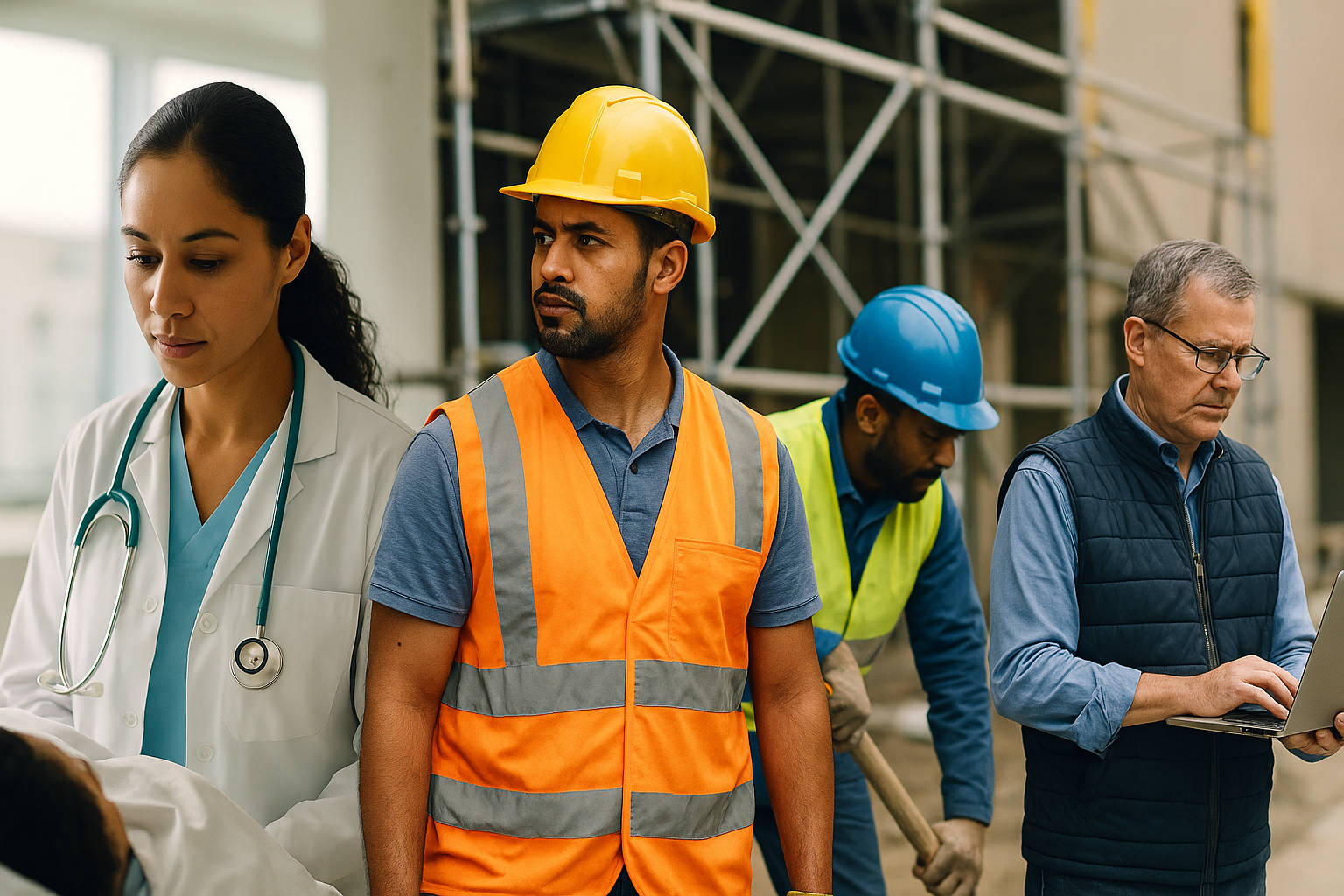In the global imagination Germany stands as a land of opportunity, promise, and prosperity. An increase in shortages of skilled workers makes Germany a country with a robust job market, and the legal pathways being offered make it seemly more attractive. However, the latest 2025 Expat Insider survey by InterNations highlights a gloomier situation; legal entry may be guaranteed for many migrants, but belonging is not.
From Legal Entry to Lived Experience: Why Belonging Still Feels Out of Reach
Germany is ranked 42nd out of 46 countries for overall expat satisfaction. While it performed relatively well, holding 22nd place for “Working Abroad,” it landed in the bottom five for nearly everything else. 43rd in offering the ease of settling in and 46th in providing expat essentials. The data tells the story for many expats and migrants, underlining a troubling gap between how migration as a policy and migration as a lived experience are not interconnected.
Migrants have so far reported that their social lives remain limited and revolve around fellow expats and not locals. According to InterNations, only 39% of expats in Germany find the locals to be friendly, and even fewer say they feel at home. The emotional disconnect or feeling isolated is not uncommon for any migrant, but the continuous struggle of trying to fit in can be draining.
The migration system is clearly structured and focuses on who qualifies to enter but pays no attention to the transition and integration. At Plusfortynine, transition and integration are important, as poor integration can lead to brain waste, social withdrawal, and mental health strains that may negatively affect the migration policy in place. The term “Wahlheimat”/adopted hometown is more than a status; it is a process that requires effort from both sides: migrants who enter Germany and host communities that should embrace the newcomers. Unfortunately, the current system places the onus heavily on one party: the migrant.
To address this disconnect, Germany needs more than just a migration policy that offers a legal entry; it needs empathy-driven and user-centered processes that see integration as a co-created journey. Design thinking, an innovative framework, may offer direction for this, as it is rooted in collaboration and iterative problem-solving that can assist policymakers and host communities to better understand the lived experiences of migrants beyond the visa process.
Designing Belonging: How Empathy and Co-Creation Can Transform Integration
At Plusfortynine, we truly believe that the concept of Wahlheimat has to be designed with people and not just around them. This starts with asking what are the moments that someone feels like they belong in Germany, where and why do new arrivals face emotional, cultural, or systemic friction, and how might policymakers co-create pathways that allow both migrants and locals to be involved? Using this framework can shift the conversation from eligibility to empathy and from the onus of fitting in to feeling at home. The process is not linear but continuous, built on three interconnected phases: observe, reflect, and make.
Each phase helps to shift the focus from top-down policymaking. The Observe phase is about empathy that requires engaging directly with migrants, expats, and locals, i.e., the stakeholders affected by migration, through empathy interviews and participatory observation. While data is valuable, relying solely on it does not offer a long-term solution. At this stage it becomes vital to understand what people are really experiencing in real environments.
Next is the Reflect phase; the insights gathered are synthesized into actionable definitions of the problem. The question then becomes, what’s the real problem to solve? Tools like journey mapping and needs assessments can be used to reframe challenges. Questions such as how Germany as a nation might help expats find meaningful local friendships shift the perspective from looking for innovative solutions beyond abstract terms to being grounded in their realities.
Lastly, the Make phase emphasizes prototyping and testing the solutions quickly in a cost-friendly manner and by collaborating. This means piloting programs, designing more human-centered onboarding experiences, or creating digital tools that foster connection. These prototypes are not meant to be perfect; they’re designed to be tested, adapted, and improved based on feedback from the very people they are intended to serve. In this way, failure becomes a learning mechanism, not a setback. This iterative process where ideas are tested, refined, and tested again is what makes design thinking effective for migration policy.
Prototyping a New Path: What Germany Can Learn from Human-Centered Migration Models
Other countries have already begun integrating this approach into public systems. For example, Canada’s Immigration, Refugees and Citizenship Canada (IRCC) has adopted a human-centered design model within its operations. Through its “Client Experience Branch,” IRCC has conducted journey mapping, user research, and co-design workshops directly with newcomers. These insights have led to rapid prototyping sprints that improved digital communication systems and application processes, while also informing new partnerships with civil society to better support integration, especially around digital literacy and community connection. What makes Canada’s model relevant is its recognition that policy success does not automatically translate into user experience success. By adopting an iterative, feedback-driven process, IRCC is able to respond more effectively to the emotional and systemic needs of migrants, from how they fill out forms to how they feel welcomed in a new country.
The emphasis is therefore on designing services with the migrants that could shift current efforts from system compliance to social belonging, enabling more responsive, localized, and emotionally intelligent integration policies. By embedding human-centered design into the way Germany’s migration system works, we can help transform it from just a land of opportunities to a place of lasting connection.
By Rufruf Chaudhary




